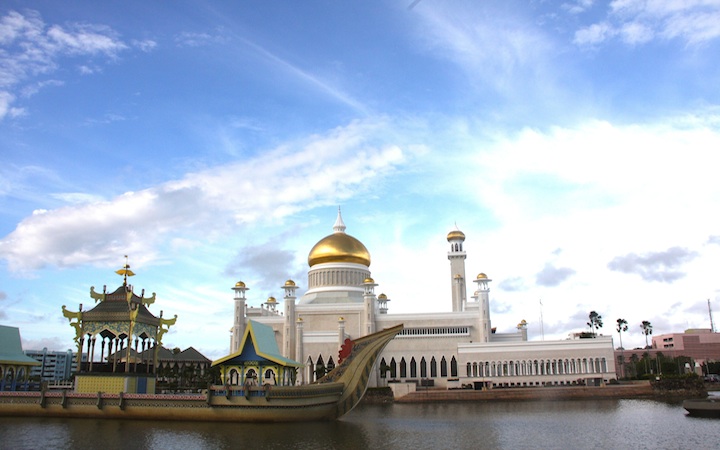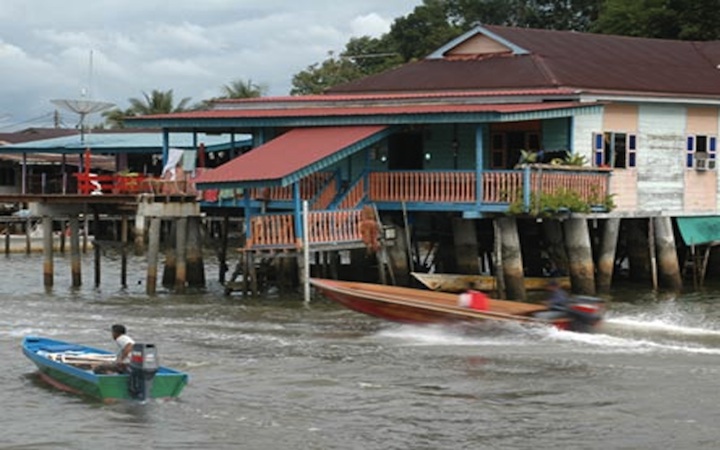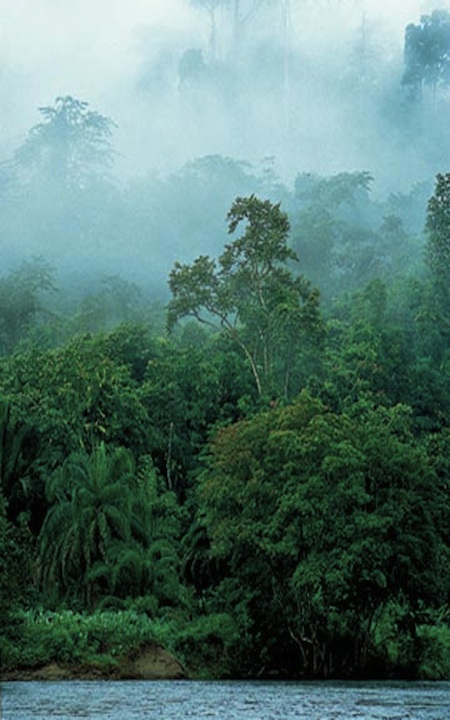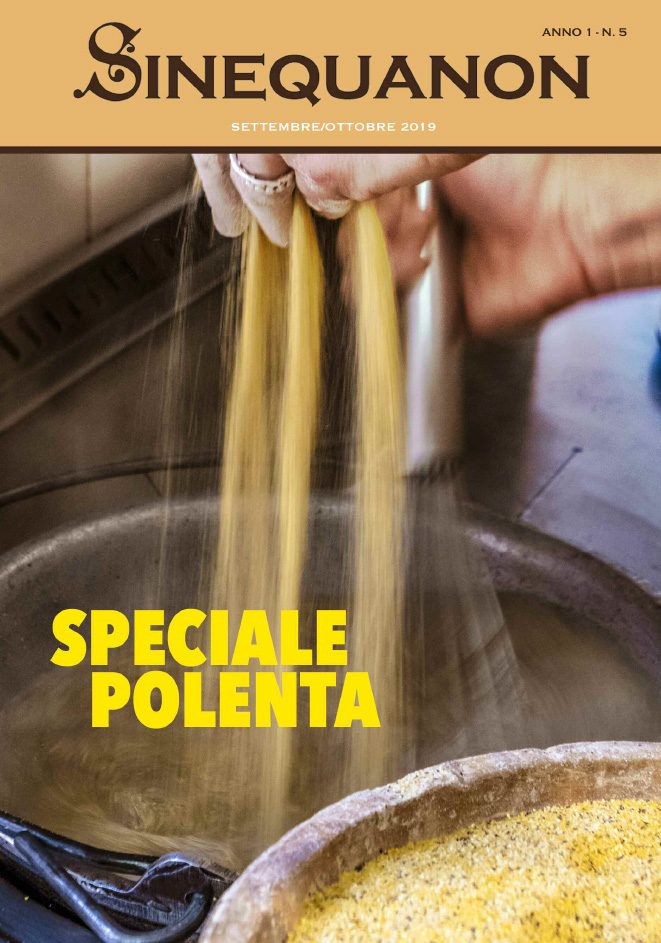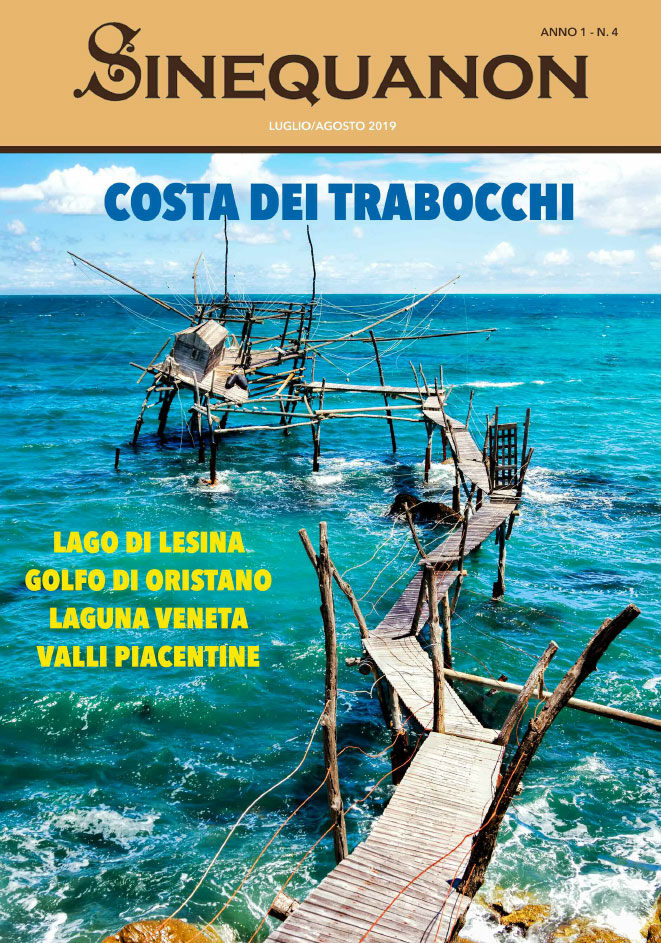Words by Pamela McCourt Francescone
Photos Pamela McCourt Francescone and Brunei Tourism
Pristine rain forests, lake-dwelling villages, glittering mosques, enchanting ocean depths, golf, polo, and a munificent monarch. Brunei is Asia’s best kept secret. Brunei is different. Negara Brunei Darussalem, to give it its official name, is the smallest and richest country in Southeast Asia, and also one of the least familiar. This tiny kingdom is roughly the size of Luxembourg and is wedged between the two Malaysian states of Sarawak and Sabah, on the northern shores of Borneo. Brunei’s wealth comes from oil and gas, both of which it has in abundance, and thanks to these resources it can boast the world’s best preserved rainforest. Cutting down trees is not something Brunei’s ruler, His Majesty Sultan Hasannal Bolkiah flirts with, unlike many of his Southeast Asian neighbours for whom the logging industry is big business and is inexorably destroying their habitat. So it is thanks to the Sultan if more than two thirds of Brunei is still covered with untouched rainforests. And it comes as no surprise that nature is the main attraction for visitors to this tiny pristine paradise. Brunei regards tourism as a mirror that reflects its unique identity and its ago-old Islamic traditions. The Sultan has no desire to turn his nation into a destination for mass tourism. On the contrary, visitors to Brunei are mature travellers looking to relax and discover its splendid environment, its history and, in a nutshell, to want to enjoy a new, green, peaceful and exotic destination.
The country’s strong and lively Islamic traditions are reflected in two of the landmark monuments in Bandar Seri Begawan, Asia’s most laid-back, least polluted and greenest capital. The golden domes and minarets of the Ali Saifuddien Mosque dominate Bandar and are popular with photographers. The Jame’Asr Hsasanil Bolkiah Mosque (named after the Sultan) is a magnificent example of religious architecture with soaring minarets, gold-plated tiles, Austrian crystal chandeliers, English stained glass and floors, and stairways in creamy Italian marble. Kampong Ayer, across the river from the Ali Saifuddien mosque, is the world’s largest water village and home to over 20,000 inhabitants who live in wooden houses on stilts. Italian scholar Antonio Pigafetta called it the “Venice of the East” when he visited in 1521. Chugging along its narrow canals affords an intimate view of the thriving culture and traditions of the Malay and Boreo peoples, and also of how they build these simple stilt houses. The Istana Nurul Iman, the Sultan’s lavish home and the world’s largest residential palace with 1,788 rooms, is not open for public viewing, but the Sultan does personally shake hands with every one of the hundreds of thousands of locals and visitors who turn up on his doorstep every year at the end of the fasting month of Ramadan for the Hari Raya celebrations. Failing this, the best way to get an idea of the pomp and circumstance surrounding the Sultan and his family is to stop by the downtown Royal Regalia Museum. But the main attraction of Brunei is its nature, and the Ulu Temburong National Park which is on 50,000 hectares of the Batu Apoi Forest Reserve, covering some 58% of the country. The park is reached by longboat, a traditional river craft, along the chocolate-coloured river, taking only 45 minutes to reach one of the world’s longest canopy walks. Seven kilometres of suspended walkways, on a level with the treetops, with large observation platforms from which there are breath-taking views of the rain forest and the animals to which it is home.
The more adventurous will enjoy trekking along the river to admire waterfalls and swim in clear pools, picnic on the riverbank and try to spot the endangered proboscis monkey, a large pot-bellied primate with a long cucumber-shaped nose. The waters of the South China Sea are a paradise for divers and snorkelers. For golfers there is the Royal Brunei Golf and Country Club, built by the Sultan for his own personal use and now open to the public. While the Empire Hotel and Country Club, an 18-hole course designed by Jack Nicklaus, rates as one of the best in Asia. Another of the Sultan’s favourite sports is polo which is played on the green fields of the Jerudong Polo Club where players can choose from the one thousand polo ponies in the stables. And it is not unusual to spot Bruneian royalty on the field or in the lavish clubhouse.
The Empire Hotel and Country Club was built by a relative of the Sultan’s as his holiday home and is now a luxurious 5-star hotel, while anyone who wants to spend a night in the jungle will enjoy the comfort of the suites and villas in the Ulu Ulu Resort in the heart of Ulu Temburong National Park. What Brunei could seem to lack in sophistication and sleekness it more than makes up for with its spectacular natural landscape and its respect for tourists – in Brunei there are no beggars, touts, carpet sellers, jewellery shops or massage parlous – and the Bruneians are friendly, courteous and hospitable. And it is not difficult to understand why many consider it “Asia’s best kept secret.” Because not only is it safe (the crime rate is close to zero) and poses no health problems (Brunei is malaria free), it is also wonderfully relaxing and removed from the frenetic pace typical of so many Asian countries. And for many these are luxuries money can’t buy.

